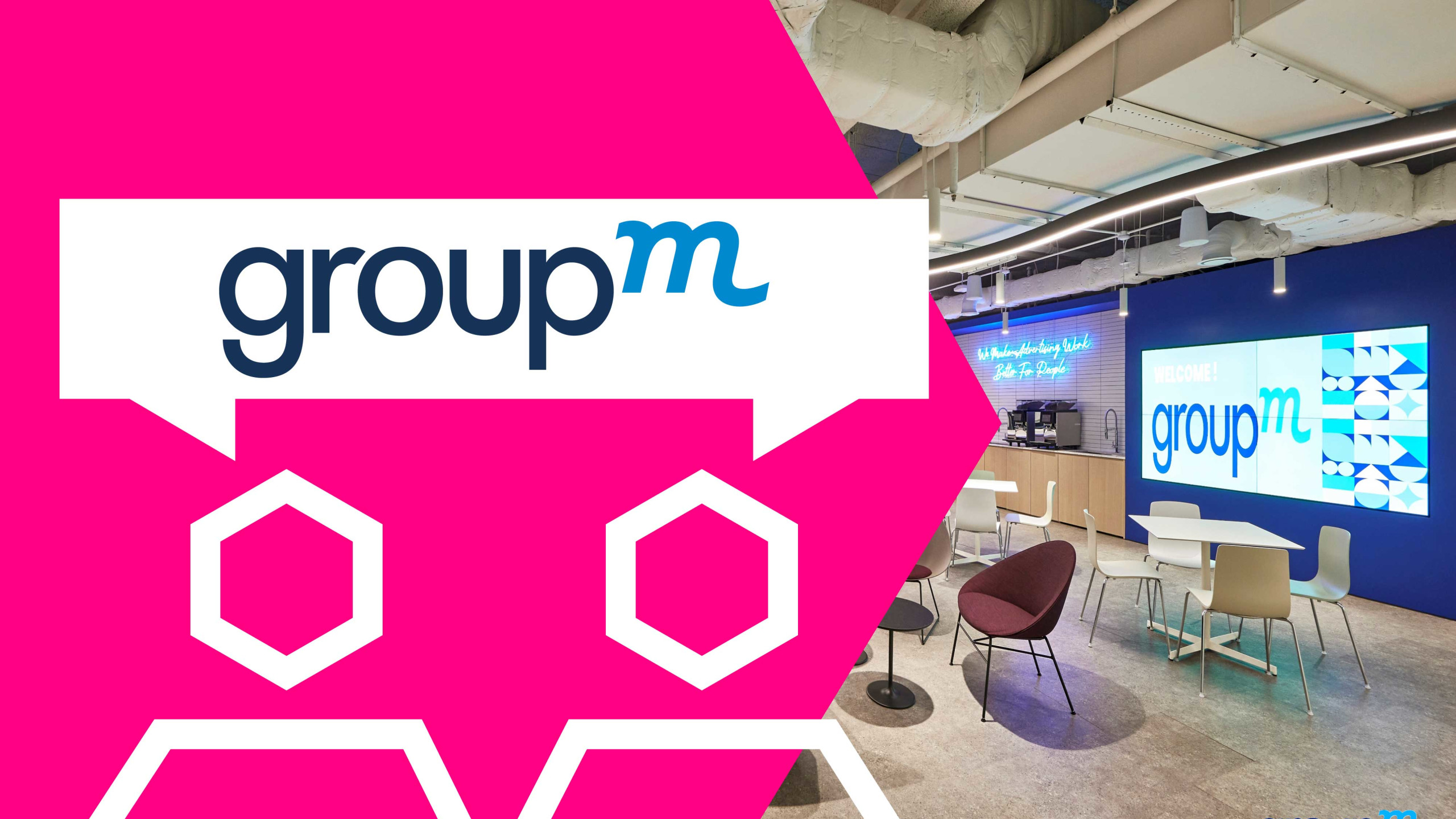August 8, 2023 | Spotlights
Partner Spotlight: GROCERY TV

Hivestack sat down with Ashley Nickell, Senior Director of Marketing at Grocery TV to discuss why integrating programmatic DOOH was a winning business strategy, how it has created new opportunities and unique nuances or learnings around digital in-store advertising. Here’s what she had to say:
Who is Grocery TV? Introduce the services or solutions you offer.
Grocery TV is a digital advertising network that reaches 47 million shoppers in nearly 4,000 grocery stores across the U.S. Brands leverage our network to reach household decision makers in high traffic, brand-safe retail environments. With digital advertising displays located at the entrance, front end, and pharmacy, our network allows brands to target their audience at different points in the shopper journey and most importantly, while they’re in a buying mindset.
Can you discuss some of the top priorities for your business this year?
This year, we’re focused on growing our footprint within the store, with new display formats, and with new retail partners. We started this year by growing our network at the entrance and the front end with large format displays. We’ve also started adding displays to in-store pharmacies and will continue to expand our product offering in new locations.
How have you seen new opportunities come about with programmatic platforms such as Hivestack?
Our goal is to make our inventory just as accessible as any other digital media channel, and partners like Hivestack allow us to accomplish this. Additionally, programmatic capabilities such as advanced audience targeting, dynamic creative, and full-funnel measurement have overhauled the way buyers launch and measure digital out-of-home campaigns.
Why was it important to integrate programmatic DOOH into your overall business strategy?
When you look at the history of the store as an ad medium, it’s fairly limited. Traditional in-store marketing is static, takes a long time to plan, and is often limited to endemic brands, or those sold in stores.
When you add the capabilities of programmatic and digital to the store, you have a completely different product. Firstly, it positions digital in-store advertising as an audience-based medium, meaning any brand, non-endemic or endemic, can target their audience. It also dramatically expands the capabilities brands have at their disposal to make sure they’re delivering the right message to the right audience at the right time.
How has programmatic DOOH driven growth across your business?
As mentioned above, programmatic integrations are a key growth lever for our business and transformative for our product. In addition to opening up opportunities for non-endemic brands, it’s also allowed us to streamline the process of taking newly installed stores or products to market.
What types of screens (formats and environments) in your network are available programmatically?
Our network supports programmatic advertising across a variety of screen formats. These include dynamic displays at store entrances, both large and small formats at the front of stores, and within pharmacy areas.
Are there unique nuances or learnings that you can share around digital in-store advertising?
One that may or may not come as a surprise is the impact of brick-and-mortar in our world today. The physical store commands 85% of retail sales and has an audience 70% larger than its digital counterparts. So, brick-and-mortar stores represent a massive and fairly untapped opportunity for brand advertisers to reach their audience.
Something that’s unique about digital in-store advertising is that it ultimately combines benefits from multiple channels. It has the broad reach of TV, the precision and convenience of digital media, and the impact of digital out-of-home. Because of this, it has the ability to deliver on brand objectives across the funnel.
Finally, something we’ve learned from our advertising partners over time is that the grocery store is an ideal environment for contextual advertising. We’ve seen a number of impactful campaigns from brands of all industries that leverage the grocery environment in their creative to drive attention. For example, we’ve had financial institutions run campaigns highlighting how their rewards program will give you points for grocery purchases.


